Home>Gardening & Outdoor>Landscaping Ideas>How To Wash Fake Grass Pee Pad
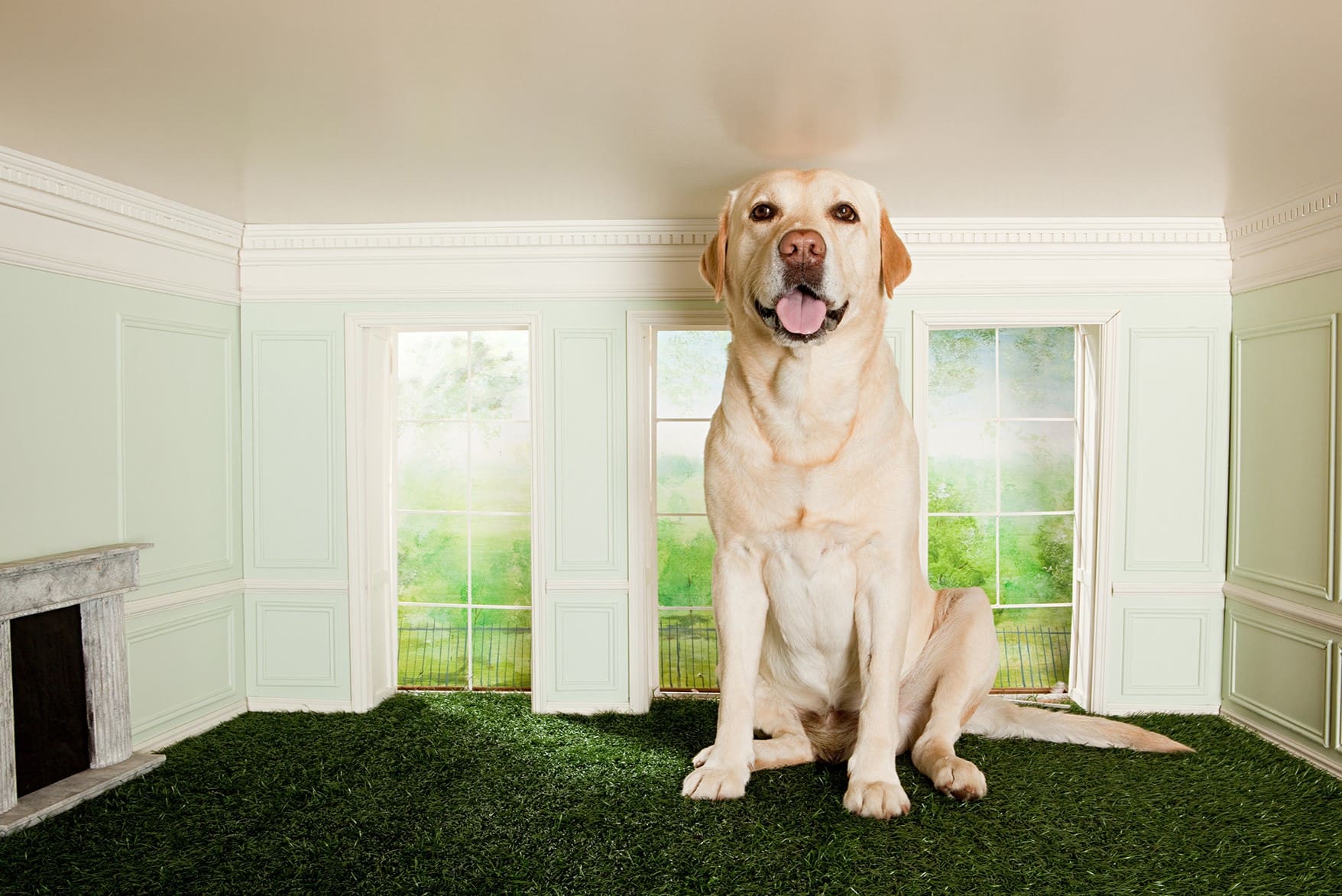

Landscaping Ideas
How To Wash Fake Grass Pee Pad
Modified: March 2, 2024
Learn how to effectively wash your fake grass pee pad with our landscaping ideas. Keep your outdoor space clean and fresh with these simple tips.
(Many of the links in this article redirect to a specific reviewed product. Your purchase of these products through affiliate links helps to generate commission for Storables.com, at no extra cost. Learn more)
**
Introduction
**
If you're a proud pet parent to a furry friend, you understand the importance of maintaining a clean and odor-free living space. One of the challenges that pet owners often face is keeping their artificial grass pee pads clean and fresh. Whether you have a puppy in the house or an older dog who needs a designated area for potty breaks, knowing how to properly clean fake grass pee pads is essential for a hygienic and pleasant home environment.
Artificial grass pee pads provide a convenient and mess-free solution for indoor pet potty needs. However, to ensure their effectiveness and longevity, regular cleaning is crucial. By following the right cleaning methods, you can keep your fake grass pee pad in top condition, prevent unpleasant odors, and provide a comfortable and sanitary space for your beloved pet.
In this comprehensive guide, we'll explore the step-by-step process of washing fake grass pee pads, covering both hand washing and machine washing methods. Additionally, we'll discuss essential tips and considerations to help you maintain your pet's designated potty area effectively. So, let's dive into the details and learn how to keep your artificial grass pee pad clean and pristine for your furry companion's comfort and well-being.
Key Takeaways:
- Keep your fake grass pee pad clean and fresh by hand washing with mild detergent, pre-treating stains, and air drying to maintain a hygienic space for your furry friend’s indoor potty needs.
- Regularly inspect, rotate, and follow manufacturer guidelines for maintaining your fake grass pee pad to ensure a comfortable and sanitary environment for your pet’s indoor potty needs.
Read more: How To Clean Grass Pee Pad
Materials Needed
Before embarking on the process of washing your fake grass pee pad, it’s essential to gather the necessary materials to ensure a thorough and effective cleaning. Here’s a list of items you’ll need:
- Mild pet-friendly detergent or enzymatic cleaner: Choose a gentle detergent specifically formulated for pet-related messes. Enzymatic cleaners are particularly effective in breaking down organic stains and odors.
- Gloves: To protect your hands from coming into direct contact with any potential bacteria or waste on the pee pad.
- Bristled brush or scrubbing pad: Use a soft-bristled brush or a scrubbing pad to gently agitate and remove any stubborn stains or residue from the artificial grass surface.
- Bucket or basin: A container large enough to accommodate the pee pad for hand washing, or to hold it while pre-soaking before machine washing.
- Washing machine (if using machine washing method): If you opt for machine washing, ensure that your washing machine is suitable for cleaning the pee pad without causing damage.
- Drying rack or outdoor drying area: After washing, you’ll need a designated space for air-drying the pee pad thoroughly.
- Optional: Vinegar or baking soda: These natural ingredients can be used as additional odor-neutralizing agents, especially for particularly stubborn or lingering odors.
By having these materials at your disposal, you’ll be well-equipped to tackle the task of washing your fake grass pee pad with efficiency and care, ensuring a clean and inviting space for your pet’s indoor potty needs.
Preparing the Pee Pad
Prior to washing your fake grass pee pad, it’s important to prepare the surface and address any visible stains or odors. Here’s a step-by-step guide to preparing the pee pad for the cleaning process:
- Remove Solid Waste: If there are any solid waste materials on the pee pad, carefully pick them up and dispose of them in a designated waste receptacle. Use gloves to handle the waste and ensure proper hygiene.
- Pre-Treat Stains: For noticeable stains or areas with lingering odors, consider pre-treating the affected areas with a pet-friendly enzymatic cleaner or a mixture of water and mild detergent. Gently blot the area with a clean cloth or paper towel to lift the stain or odor-causing residue.
- Spot Cleaning: If there are localized areas of concern, such as concentrated stains or odors, use a bristled brush or scrubbing pad to gently agitate the surface and address the specific problem areas. Avoid using harsh chemicals or abrasive cleaning tools that may damage the artificial grass fibers.
- Pre-Soak (Optional): If the pee pad is particularly soiled or has stubborn odors, consider pre-soaking it in a solution of water and mild detergent for a brief period before proceeding with hand washing or machine washing. This pre-soaking step can help loosen dirt and grime, making the cleaning process more effective.
By carefully preparing the pee pad before washing, you can target and address any existing stains or odors, setting the stage for a thorough and successful cleaning process. This proactive approach helps ensure that the artificial grass surface is primed for effective stain and odor removal, ultimately contributing to a clean and hygienic environment for your pet.
Hand Washing Method
Hand washing your fake grass pee pad provides a gentle and controlled approach to cleaning, allowing you to target specific areas and ensure thorough stain and odor removal. Follow these steps to effectively hand wash your pee pad:
- Fill a Bucket or Basin: Prepare a solution of water and mild pet-friendly detergent in a bucket or basin. Ensure that the water is at a comfortable temperature for hand washing.
- Submerge the Pee Pad: Place the fake grass pee pad in the prepared solution, ensuring that it is fully submerged. Allow it to soak for a few minutes to loosen dirt and grime.
- Gently Agitate: Using your hands or a soft-bristled brush, gently agitate the pee pad to dislodge any remaining debris or stains. Focus on problem areas while being mindful of the delicate artificial grass fibers.
- Rinse Thoroughly: After agitating the pee pad, remove it from the soapy solution and rinse it thoroughly with clean water. Ensure that all detergent residue is completely removed.
- Spot Treat Stubborn Stains: If there are persistent stains or odors, apply a small amount of pet-friendly enzymatic cleaner to the affected areas and gently work it into the fibers. Allow the cleaner to sit for the recommended time before rinsing again.
- Squeeze Out Excess Water: Gently press down on the pee pad to remove excess water, taking care not to wring or twist the artificial grass, which can cause damage.
- Air Dry: Lay the washed pee pad flat on a drying rack or in a well-ventilated area outdoors. Allow it to air dry completely before returning it to its designated location.
By following these steps, you can effectively hand wash your fake grass pee pad, ensuring that it is thoroughly cleaned and free from stains and odors. This method provides a hands-on approach to cleaning, allowing you to address specific areas of concern while maintaining the integrity of the artificial grass surface.
To wash a fake grass pee pad, first remove any solid waste, then rinse with water and mild soap. Use a soft brush to scrub any stubborn stains, and rinse thoroughly with clean water. Allow the pad to air dry completely before using it again.
Machine Washing Method
Machine washing offers a convenient and efficient way to clean your fake grass pee pad, providing thorough and consistent agitation to remove dirt, stains, and odors. If your pee pad is machine washable, follow these steps to ensure a successful cleaning process:
- Pre-Treat Stains (Optional): If there are noticeable stains or lingering odors, consider pre-treating the affected areas with a pet-friendly enzymatic cleaner or a mixture of water and mild detergent. Allow the pre-treatment to sit for the recommended time before placing the pee pad in the washing machine.
- Load the Pee Pad: Place the fake grass pee pad in the washing machine, ensuring that it has ample space to move freely during the washing cycle. Avoid overloading the machine, as this can impede the cleaning process.
- Add Detergent: Pour a suitable amount of mild pet-friendly detergent into the detergent compartment of the washing machine. Be mindful of the recommended detergent quantity based on the machine’s load capacity and the level of soiling on the pee pad.
- Select Gentle Cycle: Choose a gentle or delicate cycle on the washing machine to minimize agitation and prevent potential damage to the artificial grass fibers. Opting for a cold water wash can also help preserve the integrity of the pee pad.
- Extra Rinse (Optional): Consider adding an extra rinse cycle to ensure thorough detergent removal, especially if your pet has sensitive skin or if the pee pad is used by a young puppy.
- Air Dry: Once the washing cycle is complete, remove the pee pad from the machine and air dry it thoroughly. Avoid using a dryer, as high heat can damage the artificial grass fibers and backing.
By following these steps, you can effectively clean your fake grass pee pad using a washing machine, benefiting from the mechanical action and thorough rinsing provided by the appliance. This method offers a time-saving and hands-free approach to maintaining a clean and odor-free pee pad for your pet’s comfort and hygiene.
Read more: How To Train A Puppy To Pee On A Grass Pad
Drying the Pee Pad
Properly drying your fake grass pee pad is essential to ensure that it is thoroughly sanitized and free from excess moisture, preventing the growth of mold and mildew. Follow these steps to effectively dry your pee pad after hand washing or machine washing:
- Remove Excess Water: If the pee pad has been hand washed, gently press down on it to remove excess water without wringing or twisting the artificial grass fibers. For machine-washed pee pads, allow the machine to complete the spin cycle to remove as much water as possible.
- Use a Drying Rack: Place the washed pee pad on a drying rack in a well-ventilated area. Ensure that the pee pad is laid flat to maintain its shape and prevent distortion of the artificial grass fibers.
- Outdoor Drying (Optional): If weather conditions permit, consider placing the pee pad in a shaded outdoor area to benefit from natural airflow and sunlight. Avoid direct exposure to harsh sunlight, as it may cause fading of the artificial grass color.
- Rotate Periodically: During the drying process, periodically rotate the pee pad to promote even drying and prevent any potential moisture retention in specific areas.
- Ensure Complete Dryness: Allow the pee pad to air dry completely before returning it to its designated location for your pet’s use. Ensure that there is no residual moisture, especially in the backing or base of the pee pad.
By following these steps, you can effectively dry your fake grass pee pad, ensuring that it is thoroughly sanitized and ready for use. Proper drying not only prevents the development of unpleasant odors but also contributes to the longevity of the pee pad, maintaining its functionality and hygienic properties for your pet’s indoor potty needs.
Additional Tips and Considerations
When it comes to maintaining a clean and hygienic fake grass pee pad for your pet, certain tips and considerations can further enhance the effectiveness of the cleaning process and the overall experience for both you and your furry companion. Here are some valuable tips to keep in mind:
- Regular Cleaning Schedule: Establish a routine for cleaning your fake grass pee pad based on your pet’s usage and the level of soiling. Regular cleaning helps prevent the buildup of odors and maintains a comfortable potty area for your pet.
- Use Pet-Friendly Products: When selecting detergents, cleaners, or odor-neutralizing agents, opt for products specifically formulated for pet-related messes. These products are designed to be gentle on surfaces and safe for your pet’s environment.
- Inspect for Wear and Tear: Periodically inspect the artificial grass surface and the backing of the pee pad for any signs of wear, tear, or damage. Addressing minor issues promptly can prolong the longevity of the pee pad.
- Rotate Multiple Pee Pads: If you have multiple fake grass pee pads, consider rotating their usage to allow for thorough cleaning and drying of each pad. This practice can help maintain a consistent and clean potty area for your pet.
- Outdoor Sunlight Exposure: When weather permits, allowing the washed pee pad to air dry in a shaded outdoor area can benefit from natural sunlight, which possesses natural sanitizing and deodorizing properties.
- Consult Manufacturer Guidelines: If your fake grass pee pad comes with specific care instructions from the manufacturer, be sure to review and follow these guidelines to maintain the product’s integrity and performance.
By incorporating these tips and considerations into your cleaning routine, you can optimize the cleanliness and functionality of your fake grass pee pad, creating a comfortable and sanitary space for your pet’s indoor potty needs. Consistent care and attention contribute to a harmonious living environment for both you and your beloved pet.
Conclusion
Maintaining a clean and odor-free fake grass pee pad is essential for creating a hygienic and comfortable indoor potty area for your pet. By following the appropriate cleaning methods and incorporating thoughtful care practices, you can ensure that your pet’s designated potty space remains fresh and inviting. Whether you opt for hand washing or machine washing, the key is to approach the cleaning process with diligence and attention to detail.
Understanding the nuances of preparing, washing, and drying your fake grass pee pad empowers you to provide a clean and sanitary environment for your pet while extending the longevity of the pee pad itself. By utilizing pet-friendly cleaning products, establishing a regular cleaning schedule, and incorporating additional tips and considerations, you can elevate the cleanliness and functionality of the pee pad.
Remember to prioritize the use of mild detergents and pet-friendly cleaning agents, inspect the pee pad for signs of wear, and embrace a proactive approach to maintaining a clean potty area for your pet. By doing so, you contribute to a harmonious and hygienic living space for both you and your furry companion.
With proper care and attention, your fake grass pee pad can continue to serve as a reliable and comfortable solution for your pet’s indoor potty needs, providing a convenient and mess-free alternative to outdoor relief. By implementing the insights and techniques outlined in this guide, you can confidently uphold a clean and inviting potty area that enhances your pet’s well-being and your home environment.
Frequently Asked Questions about How To Wash Fake Grass Pee Pad
Was this page helpful?
At Storables.com, we guarantee accurate and reliable information. Our content, validated by Expert Board Contributors, is crafted following stringent Editorial Policies. We're committed to providing you with well-researched, expert-backed insights for all your informational needs.
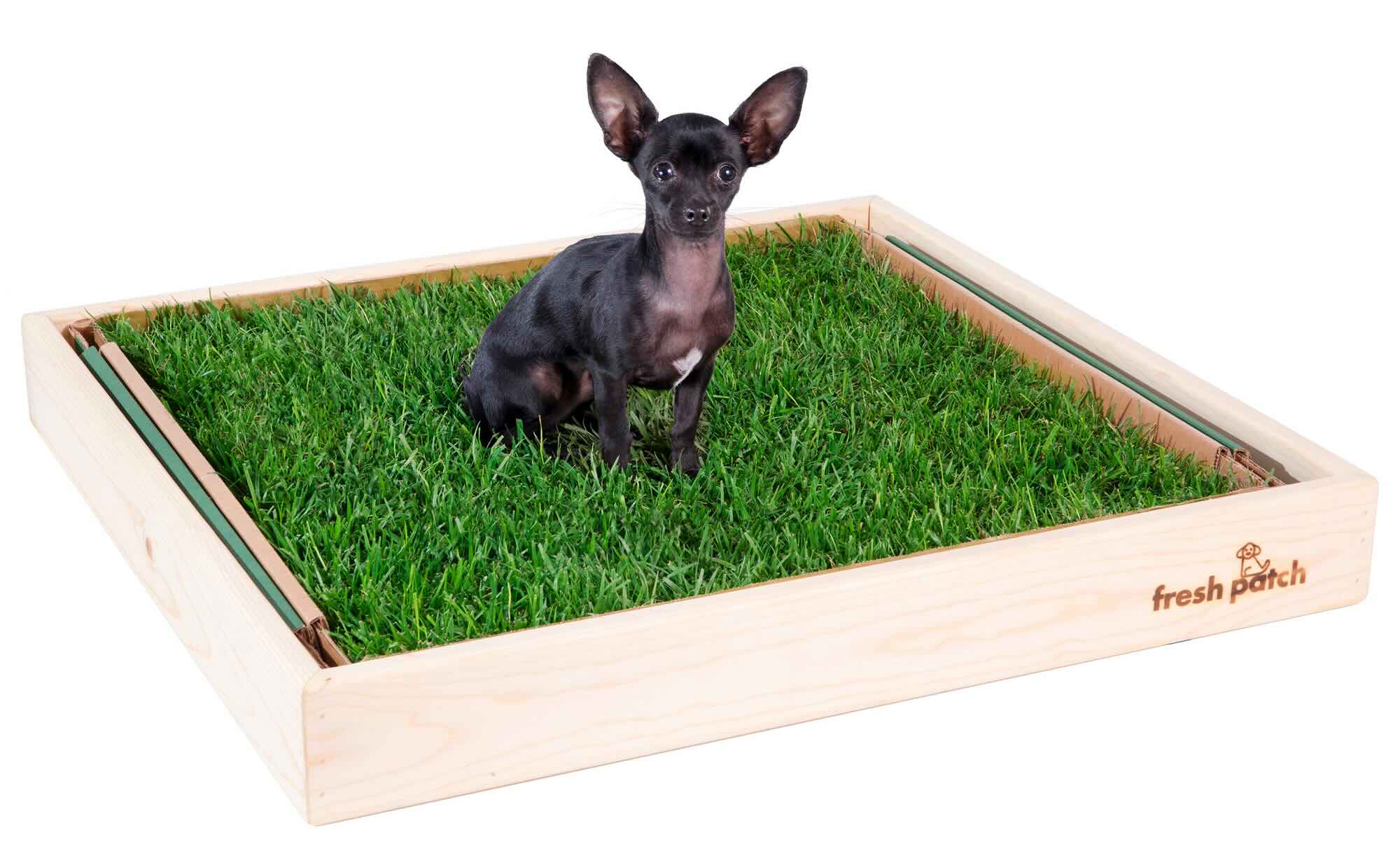
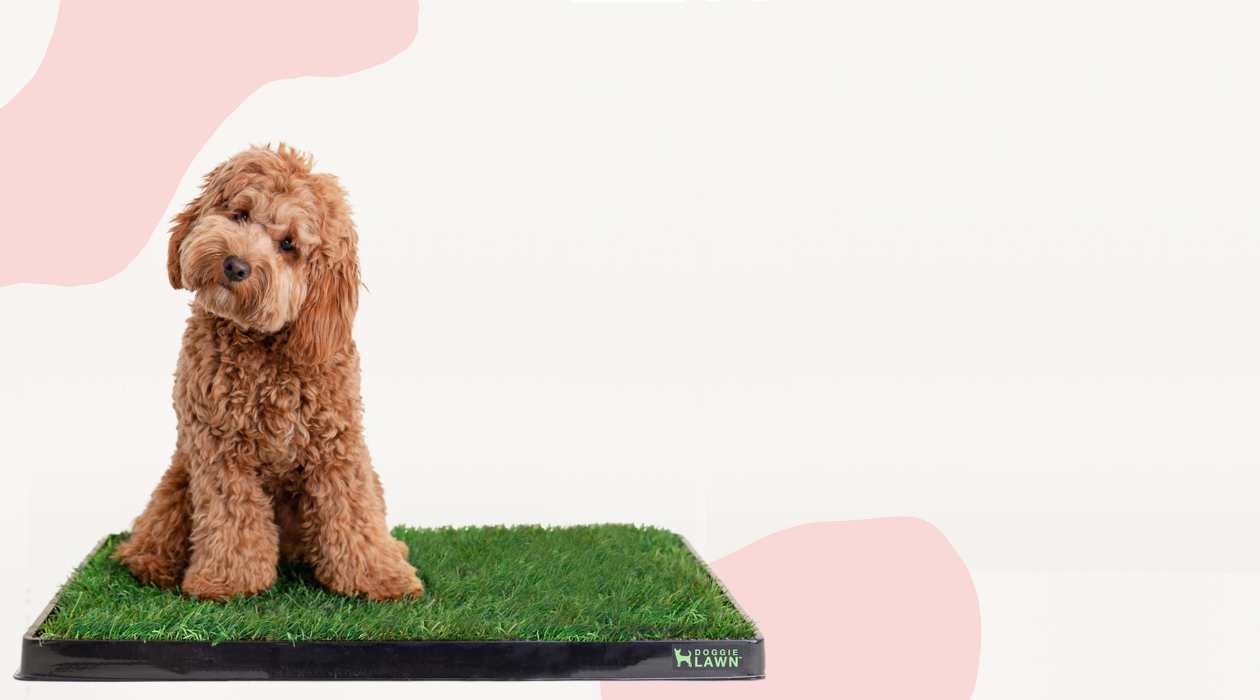

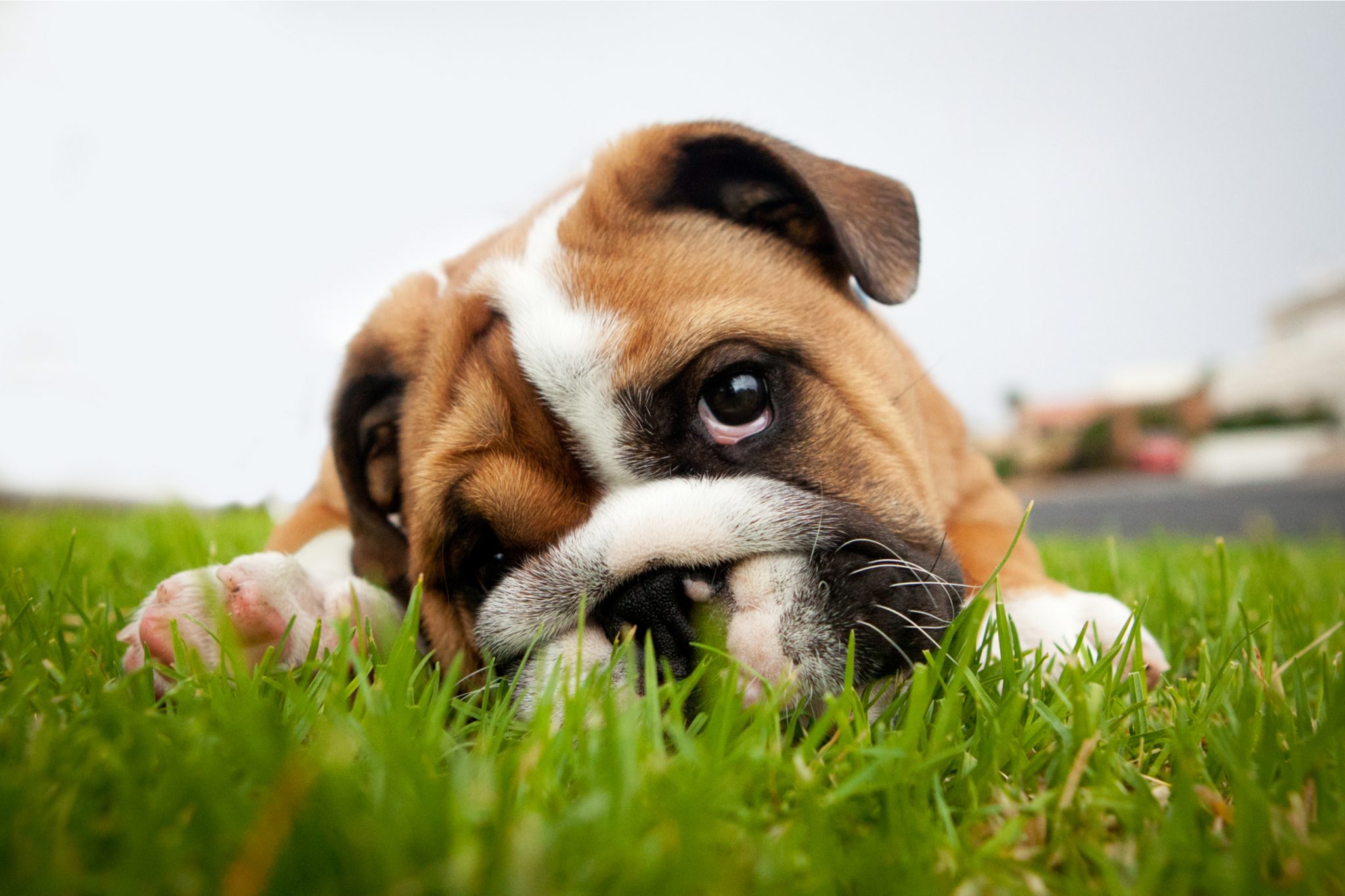
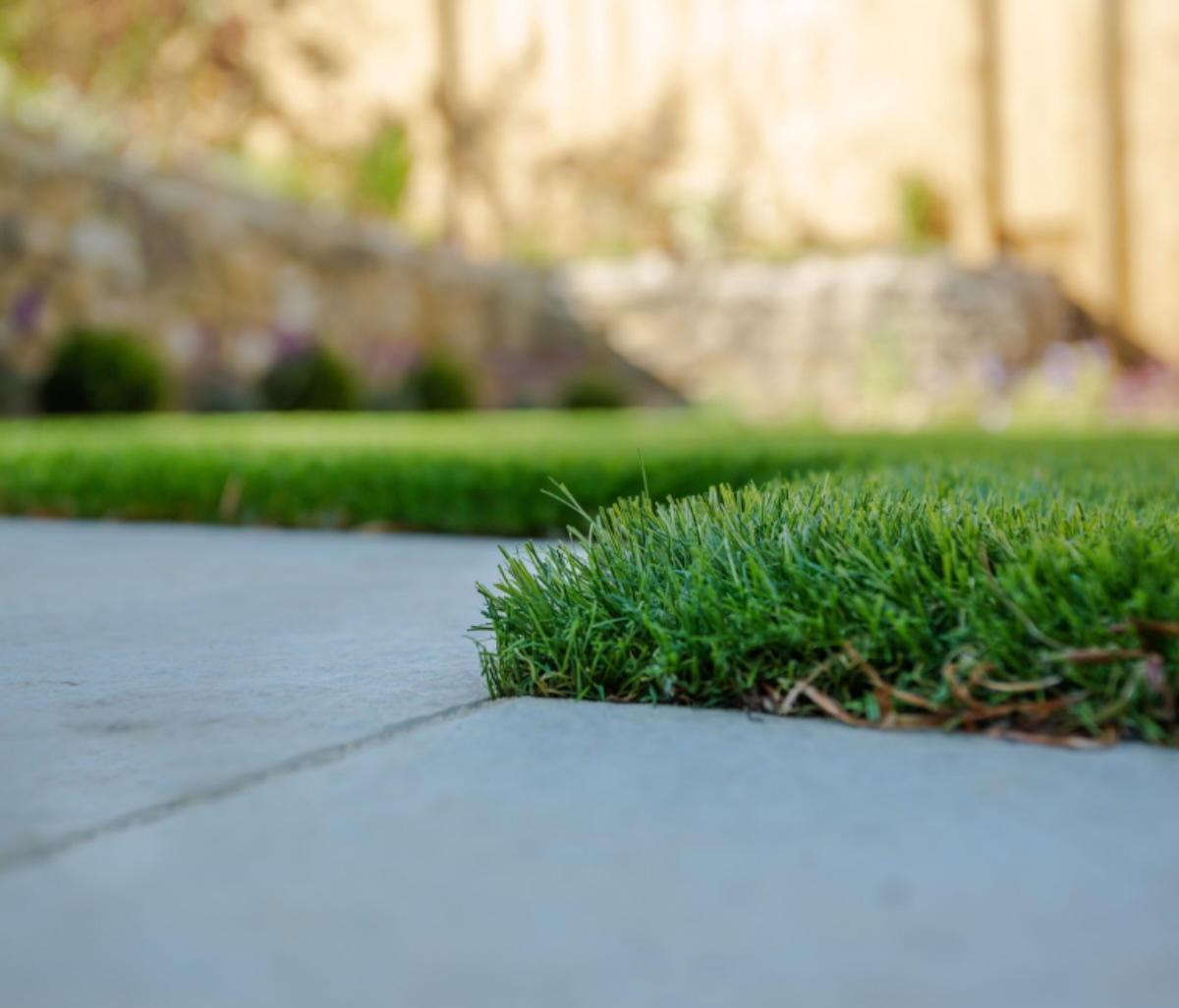
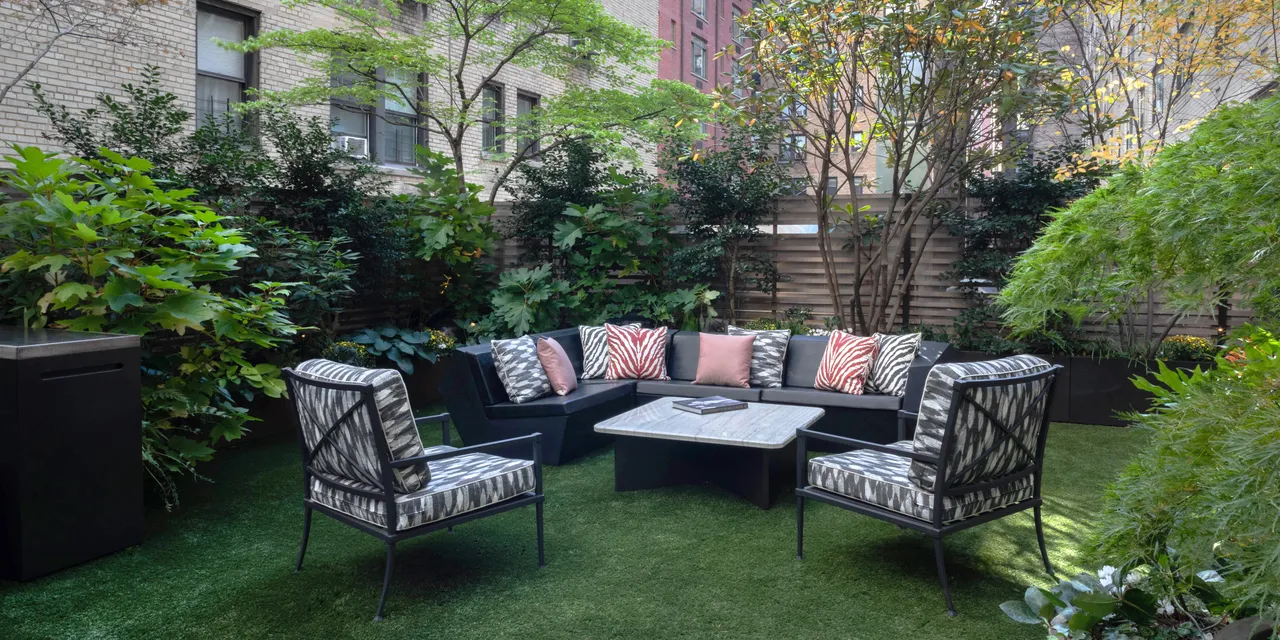
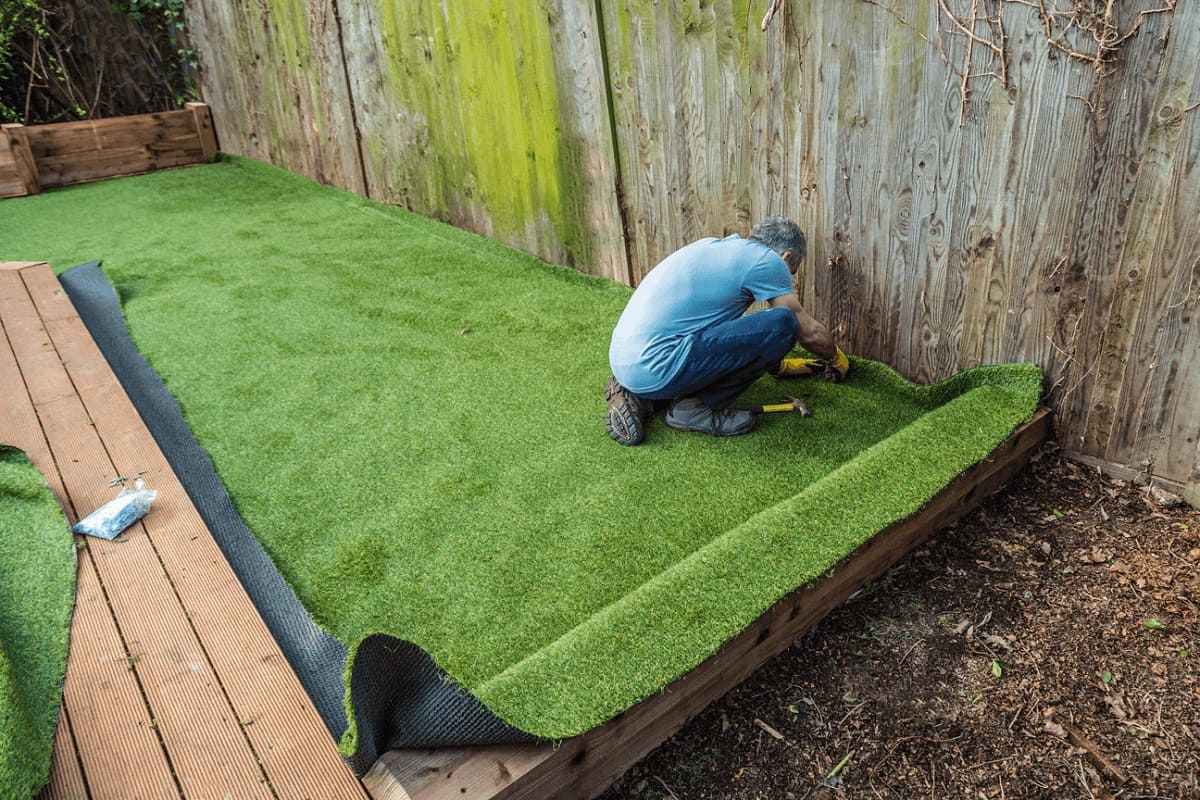
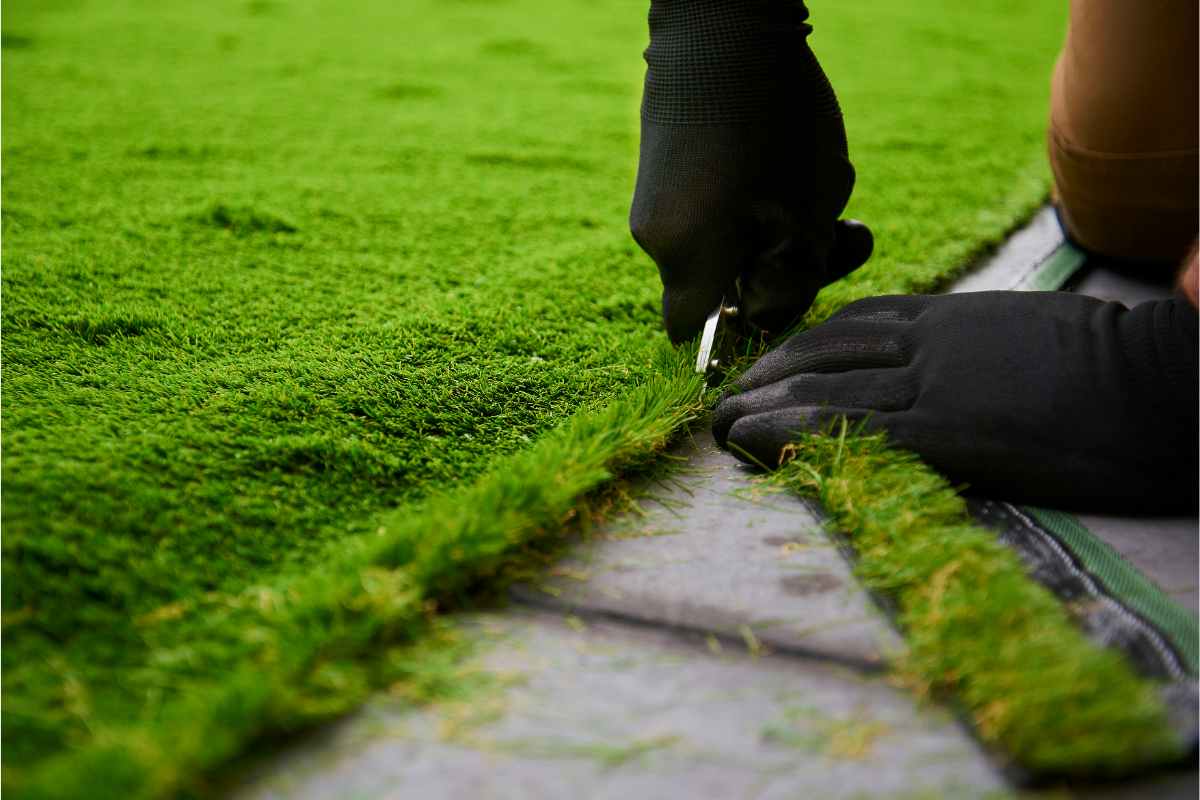

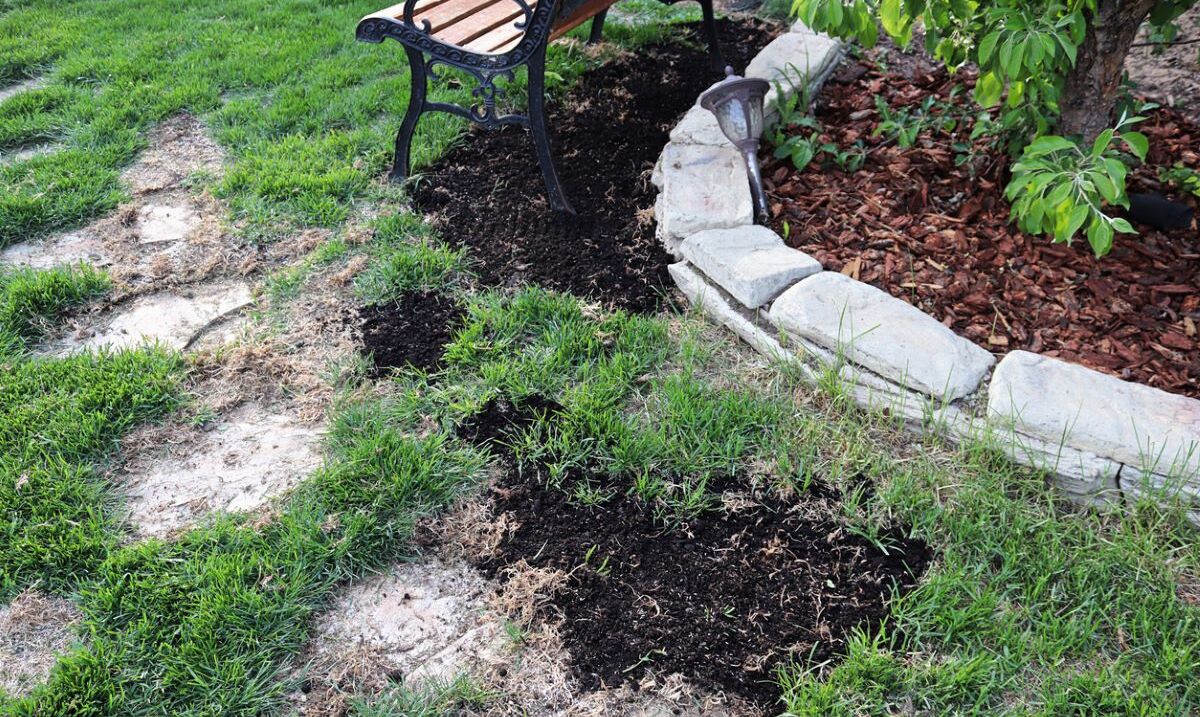
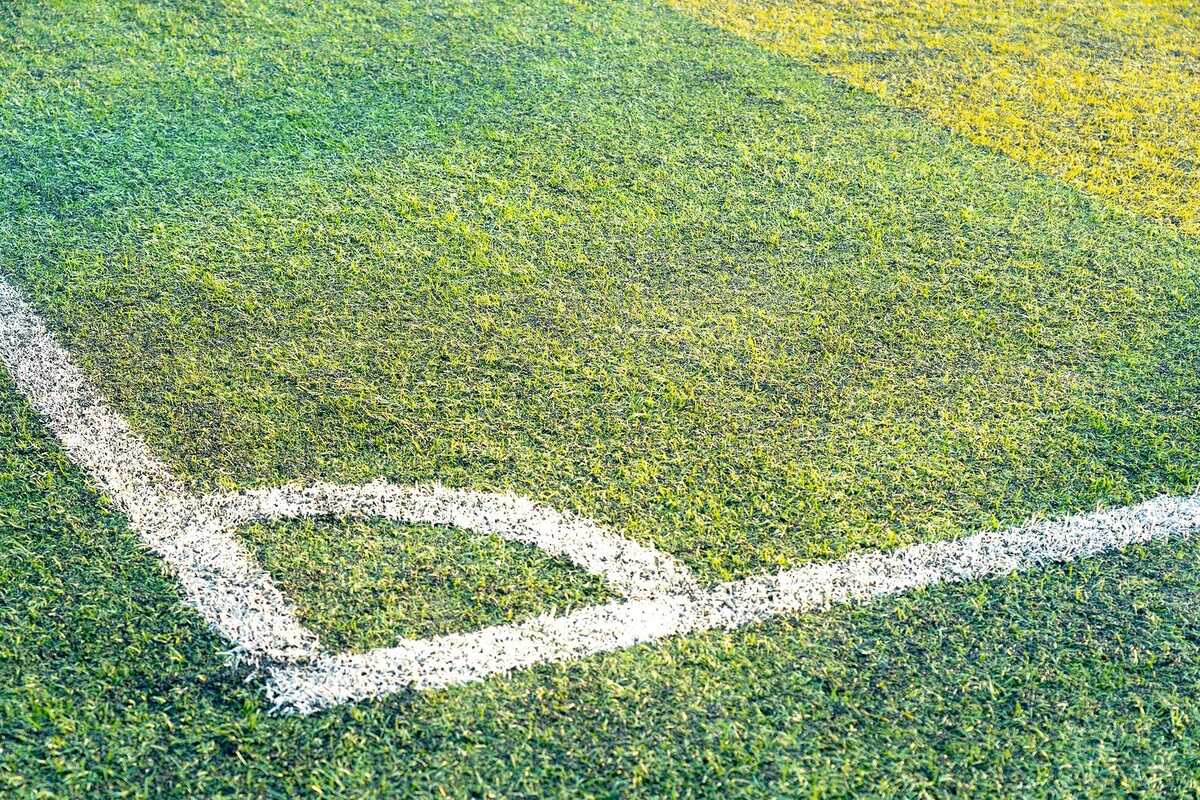
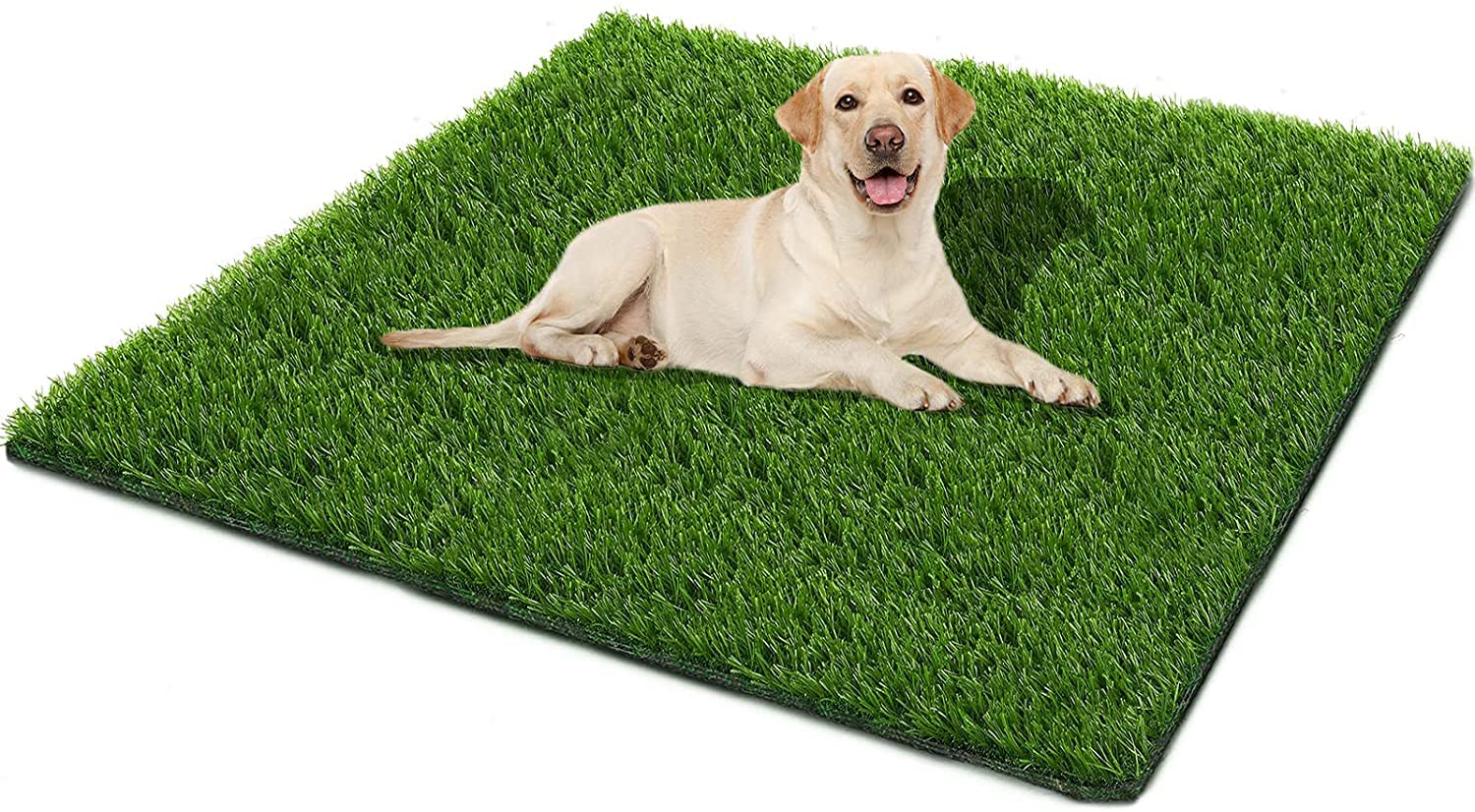
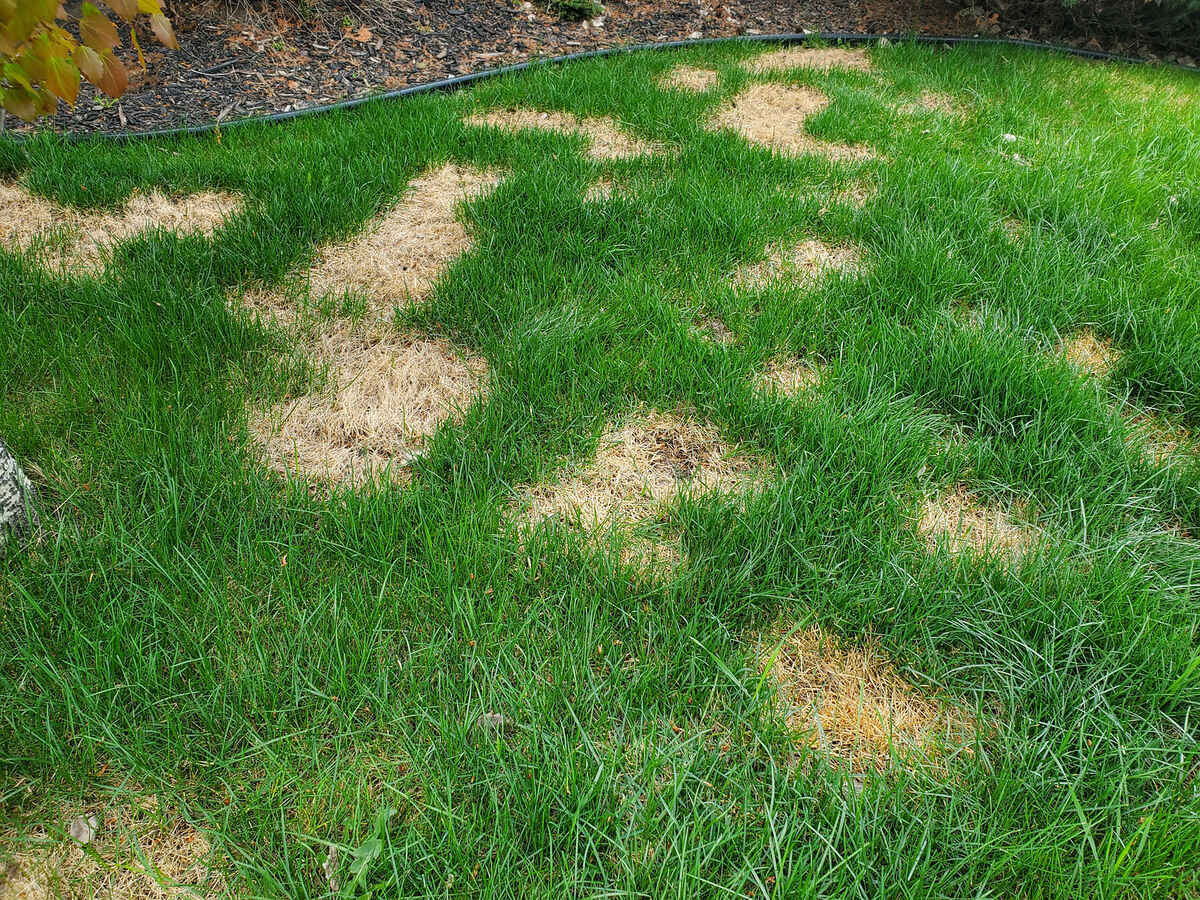
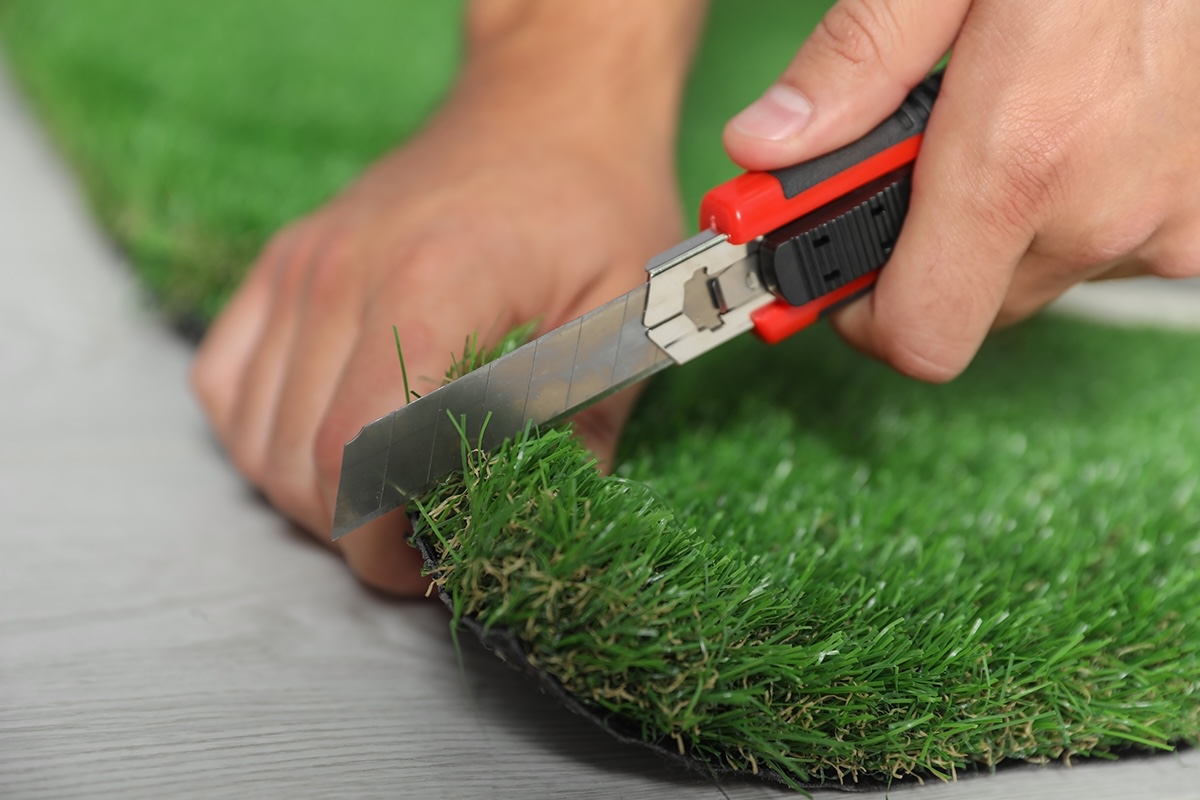

0 thoughts on “How To Wash Fake Grass Pee Pad”